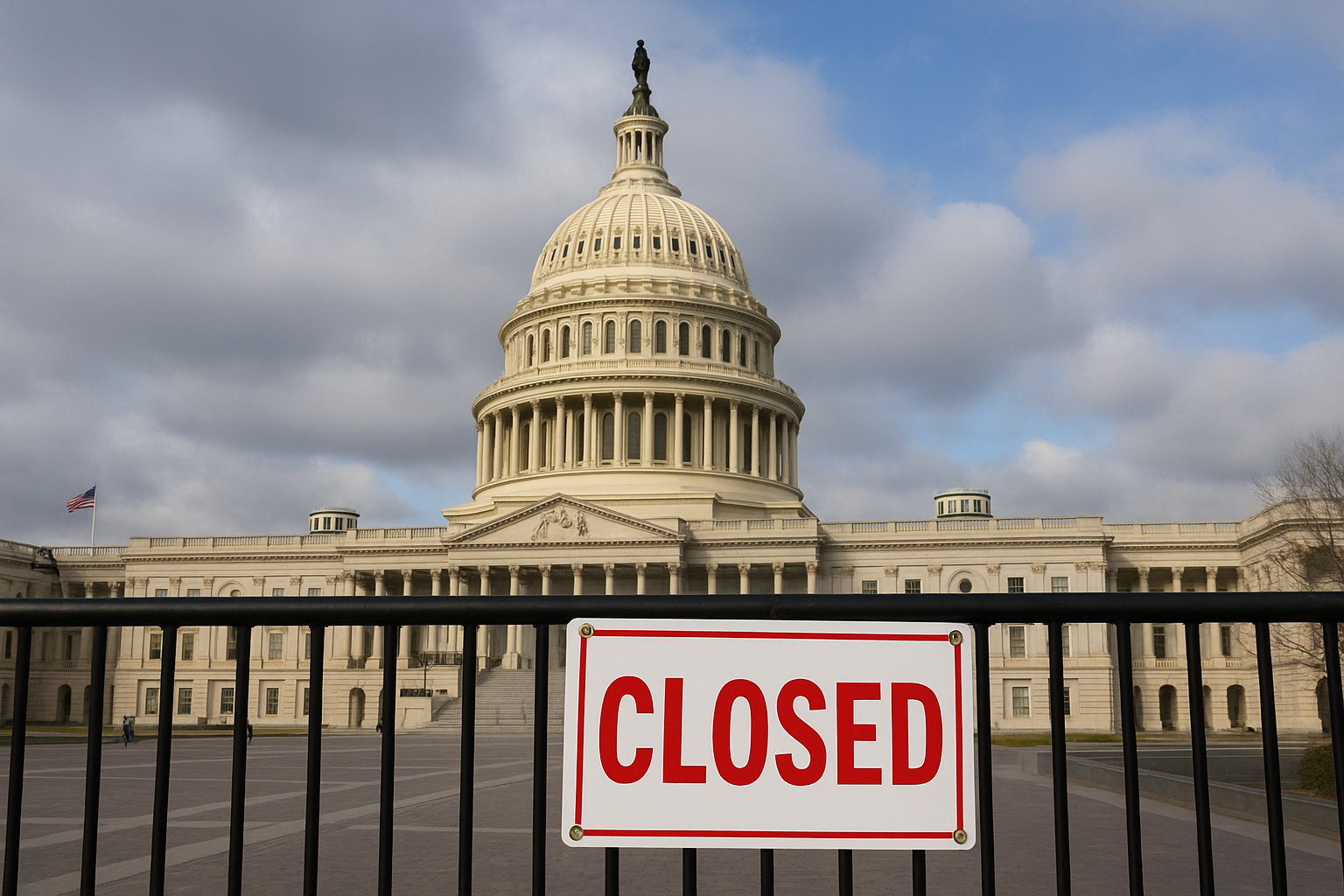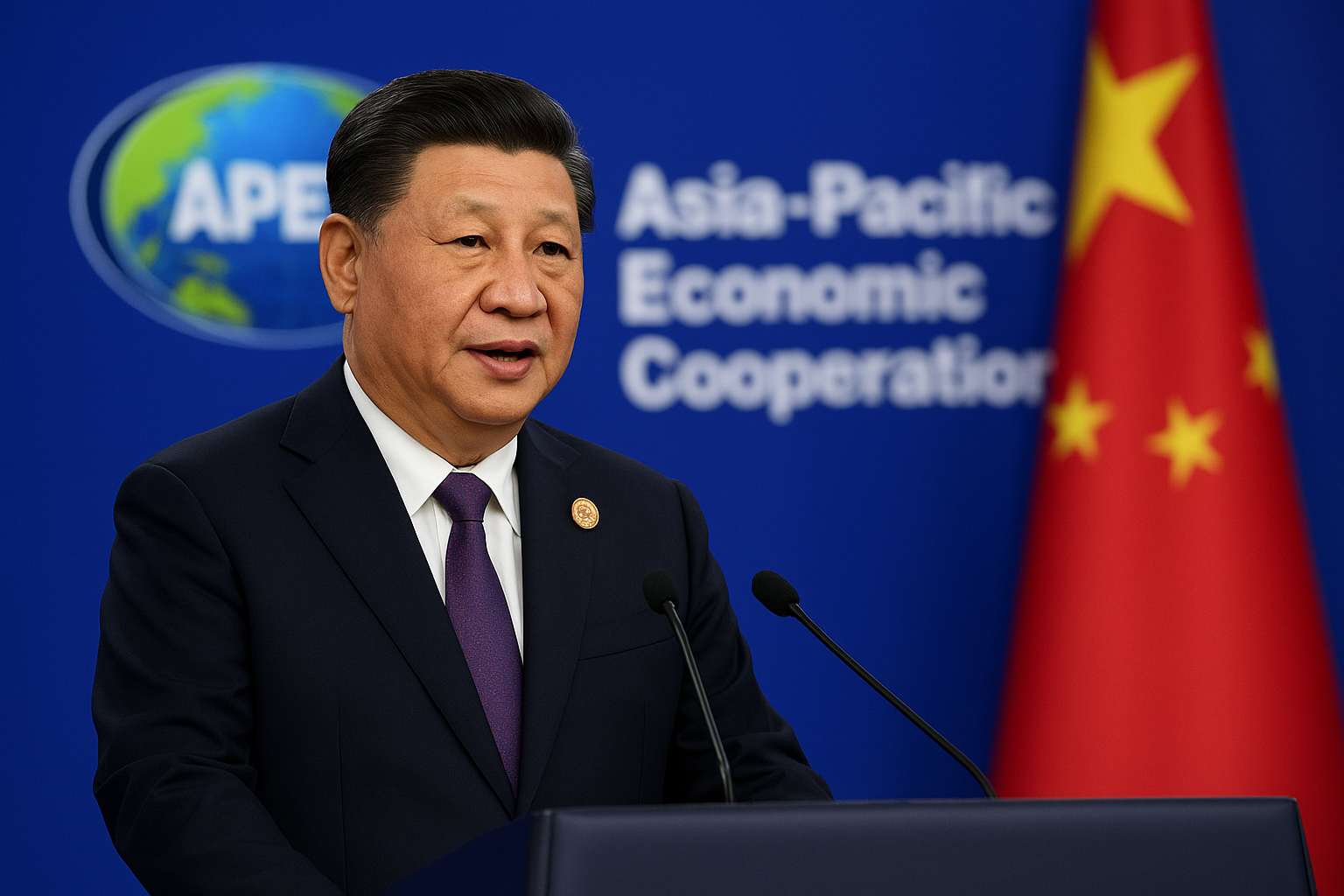Soaring debt, shaky treasuries, and policy uncertainty put markets on edge
A New Budget, A Familiar Risk
Just months into President Donald Trump’s second term, markets are already signaling unease. His sweeping budget proposal—which includes multi-trillion-dollar tax cuts, defense spending hikes, and infrastructure ambitions—has collided with a turbulent bond market, triggering investor anxiety over ballooning U.S. debt and surging Treasury yields.
This clash between fiscal ambition and market reality is quickly becoming one of the most pressing developments for investors in 2025. The $29 trillion Treasury market, often considered the bedrock of global finance, is showing signs of strain—volatility is rising, demand is softening, and yields are creeping higher.
For investors, this is more than a political standoff. It’s a potential inflection point with wide-reaching implications across equities, commodities, and fixed-income portfolios.
Why This Matters for Investors
The bond market is often dubbed the “truth-teller” of the financial world—and right now, it’s flashing red. According to a MarketWatch report, Treasury yields have surged to multi-year highs in recent weeks, spurred by both inflation fears and skepticism over the administration’s ability to manage the country’s growing fiscal obligations.
President Trump’s aggressive tariff policies and commitment to expanded tax relief are adding fuel to the fire. As borrowing needs grow to finance these plans, investors are demanding higher returns to hold U.S. debt, pushing up yields and raising the government’s cost of borrowing.
This matters deeply to investors for three reasons:
- Higher yields impact valuations: Rising interest rates make equities—especially growth and tech stocks—less attractive as future cash flows are discounted at higher rates.
- Risk premiums expand: Credit markets tend to reprice risk more broadly during periods of fiscal uncertainty.
- Dollar dynamics shift: Stronger Treasury yields may support the dollar, but fiscal uncertainty could counteract this, creating currency volatility that affects multinational earnings.
The Numbers Tell the Story
- 10-Year Treasury Yield: Rose to 4.72%, up from 4.31% a month ago (U.S. Treasury Department data).
- Projected U.S. Deficit: Expected to surpass $2.1 trillion in 2025, according to the Congressional Budget Office (CBO)—a level not seen since the pandemic-era stimulus packages.
- Debt-to-GDP Ratio: Now exceeds 120%, the highest in modern U.S. history.
According to Goldman Sachs analysts, if current borrowing continues without meaningful offsetting revenue or spending cuts, the U.S. could face a credit outlook revision from major agencies by Q3 2025.
Investor Reactions and Analyst Commentary
“There’s a real risk that bond vigilantes could return,” said Kristalina Ivanova, Chief Economist at Beacon Macro, in an interview with Bloomberg. “If investors lose confidence in the government’s fiscal discipline, it could lead to disorderly repricing across all risk assets.”
Meanwhile, JPMorgan’s fixed-income desk noted in a client memo that the current trend suggests “continued upward pressure on yields through the summer,” advising clients to hedge rate exposure and revisit their bond duration strategy.
Future Trends to Watch
- Federal Reserve Response: While the Fed has so far maintained a cautious stance, continued volatility in bond markets may force a reevaluation of its balance sheet strategy.
- Upcoming Debt Ceiling Debate: A fresh battle over the debt ceiling is expected this summer, which could trigger another wave of market turbulence.
- Geopolitical Risk Premium: As Trump’s trade policies reintroduce tensions with China and the EU, investors should watch for rising geopolitical premiums priced into bonds and commodities.
Key Investment Insight
Investors should reassess their fixed-income positioning. Shorter-duration bonds may offer better risk-adjusted returns in the near term, while diversification into real assets like gold or infrastructure equities could serve as a hedge against rising rates and inflationary pressure. Additionally, global bond exposure, particularly in stable emerging markets with better fiscal metrics, may present opportunistic plays.
Stay Ahead with MoneyNews.Today
As the bond market sends clear signals of concern, fiscal policy remains a critical variable in the 2025 investment equation. MoneyNews.Today will continue to monitor the evolving landscape, providing investors with timely, data-driven insights that empower smarter decisions.
Subscribe to MoneyNews.Today for daily updates on macro trends, market movers, and actionable intelligence that investors trust.





